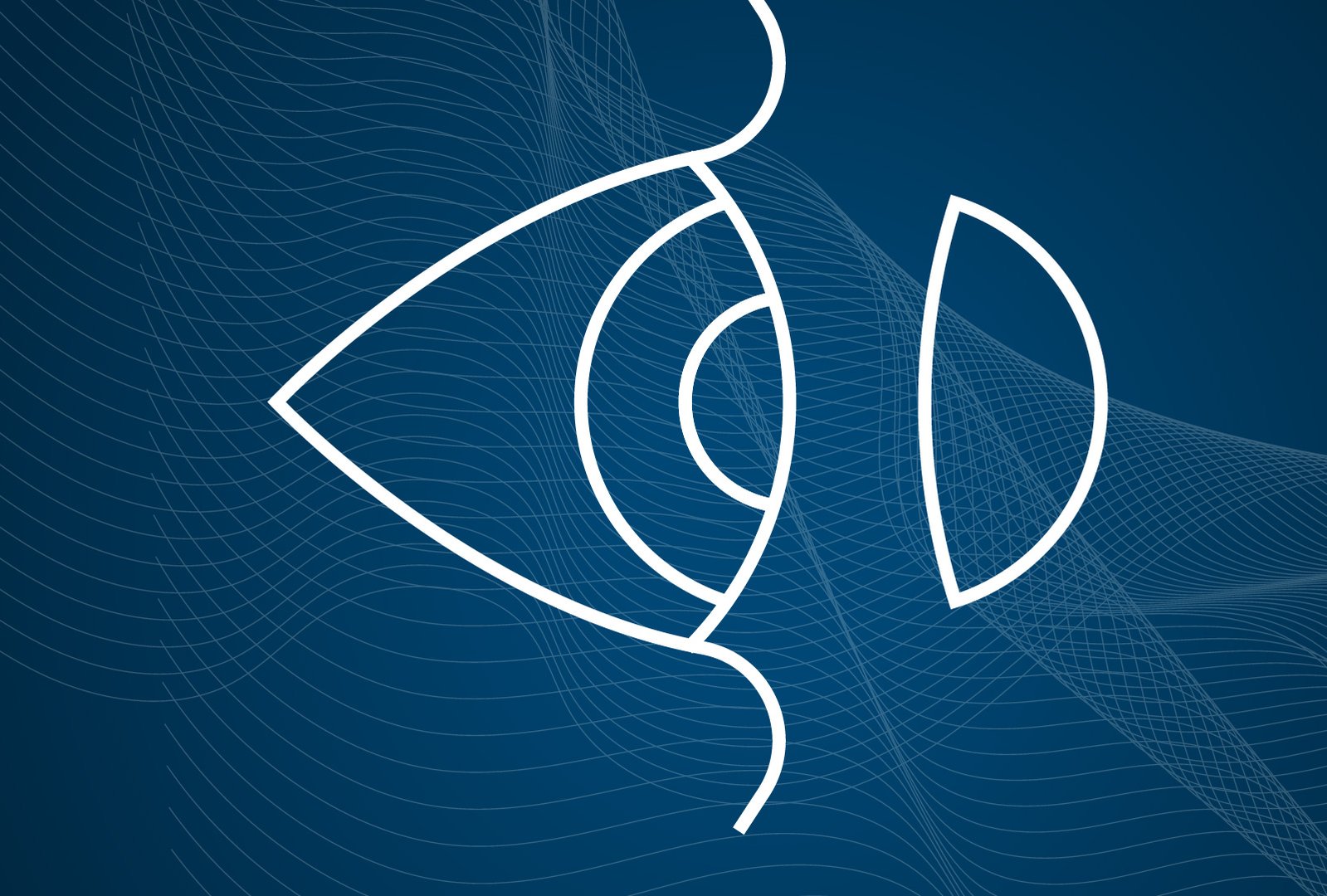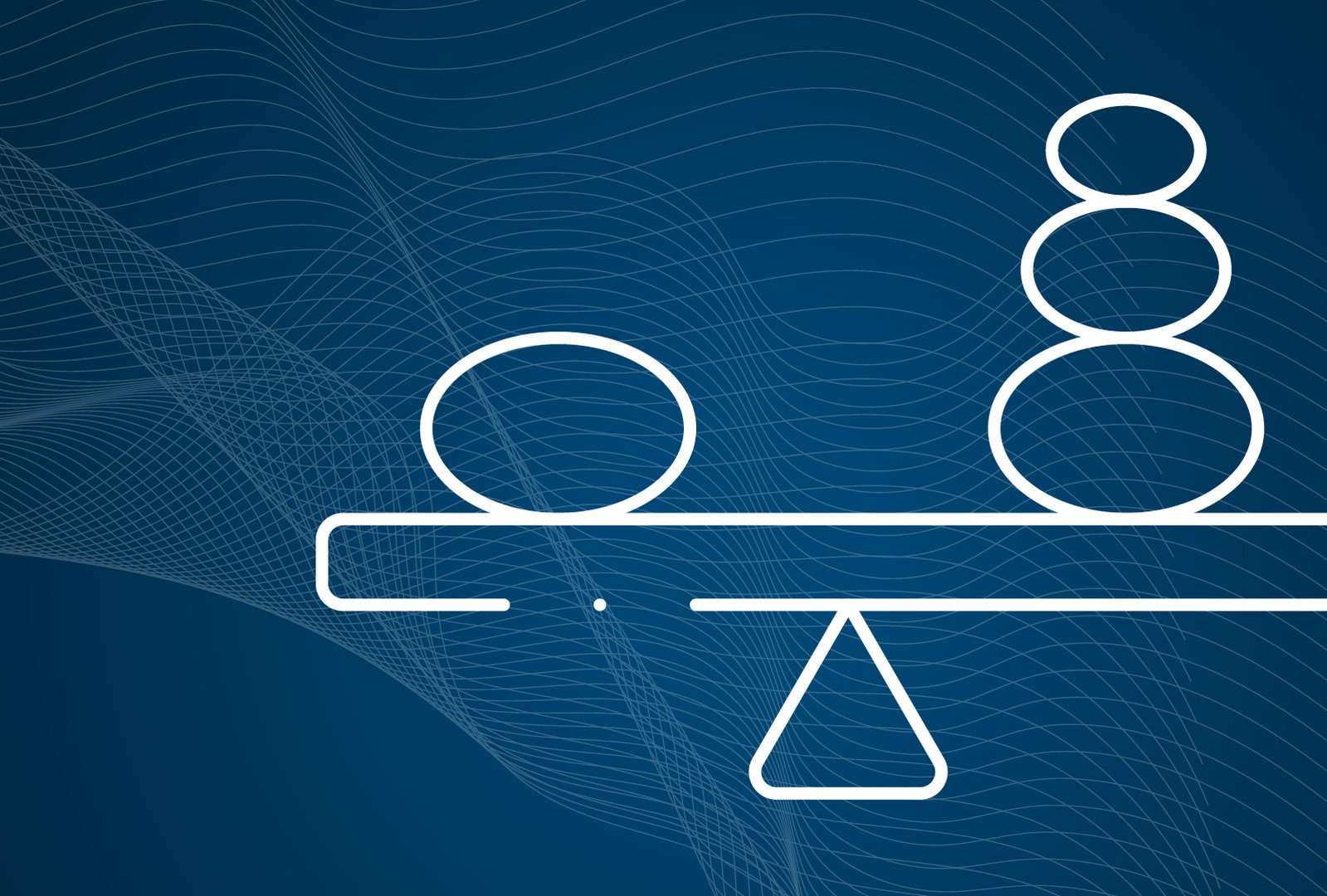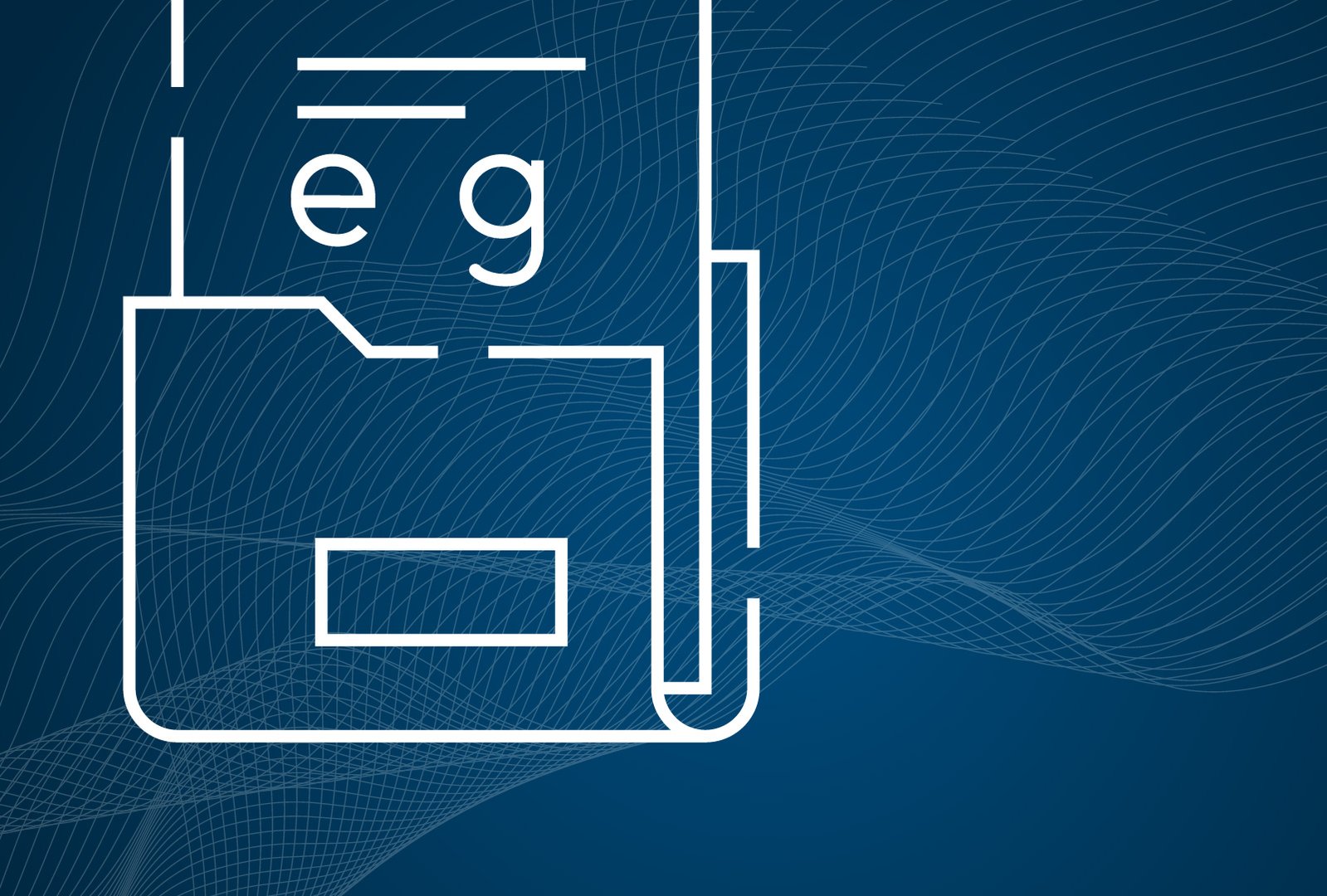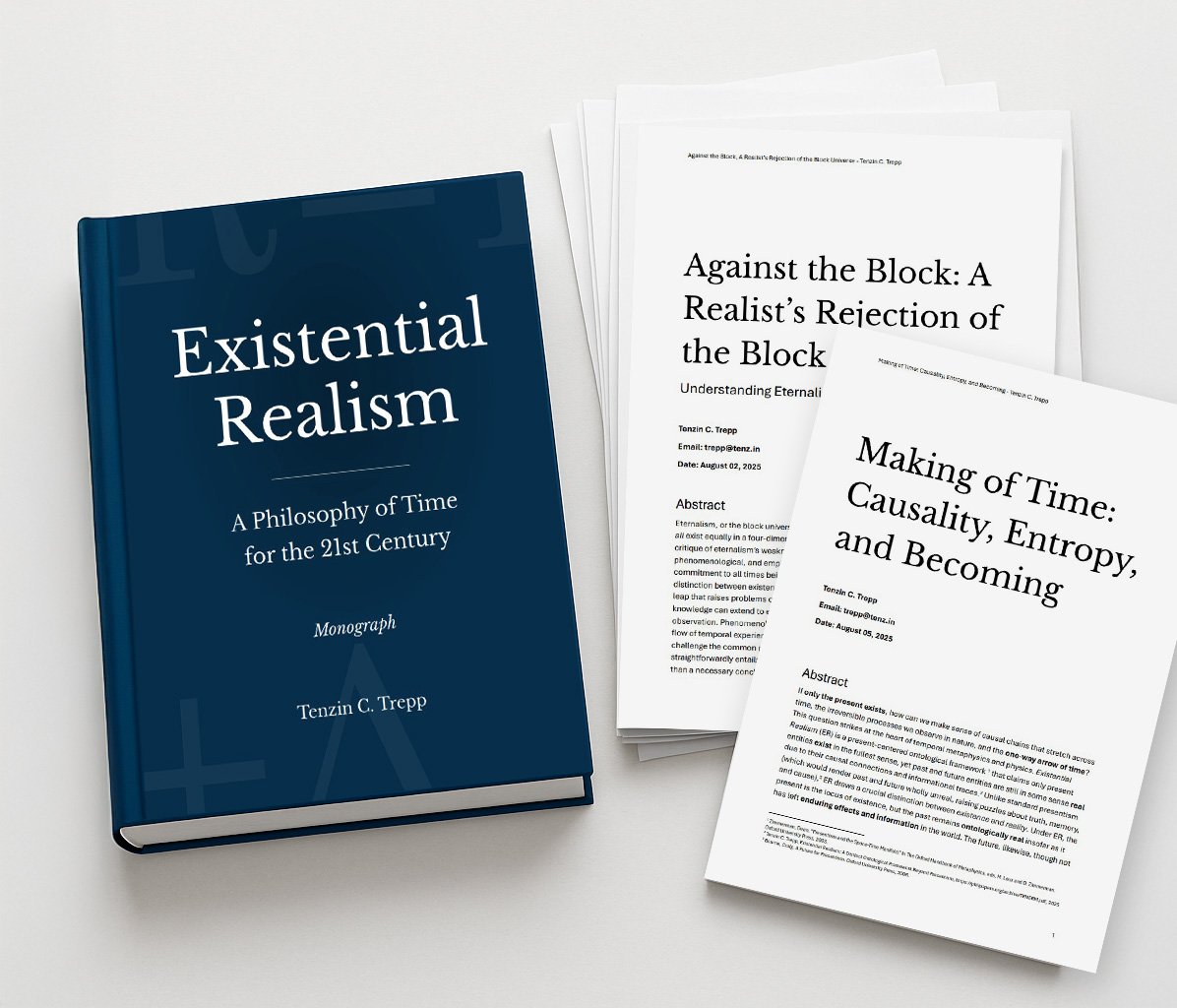Existential Realism (ER) is a simple but powerful way to think about time and existence. It asks: What truly exists right now? And what is still real, even if it no longer exists—or doesn’t exist yet? This framework helps us make sense of our lives, our choices, and even the universe itself.
Existential Realism
A New Way to Understand Time and Reality: The past leaves footprints, the future opens paths, and the present shines like a spotlight.
A New Lens on Time
Time isn’t just clocks ticking — it’s how we live and make sense of the world.
Most people think either only the present exists (Presentism) or that all of time already exists like a giant block (Eternalism). Existential Realism offers another way: only the present exists, but the past and future remain real because they shape what we know and what we can become.

Why This Matters for Us
ER helps us bridge daily experience with deep questions of science and meaning.
Memories connect us to what was real, even if it no longer exists. Our choices matter because the future is real, even though it hasn’t happened yet. ER shows that we are always standing in the spotlight of the present — but we are also connected to a larger stage of reality.

Simple Examples
ER isn’t abstract philosophy — it’s something you already live.
- Dinosaurs no longer exist, but fossils prove they were real.
- A birthday memory exists in your mind today, but the event itself was real when it happened.
- Climate change futures are not yet here, but they are real possibilities that demand attention now.
These everyday cases show how ER can make sense of truth, memory, and responsibility.

Traces of Time
Explore More
If you want to dive deeper
Read the full monograph:
See related studies: Existential Realism Studies

We use cookies to improve your browsing experience, analyze site traffic, and personalize content.
